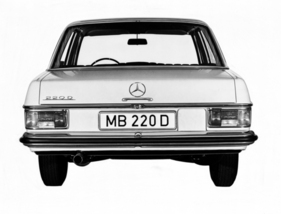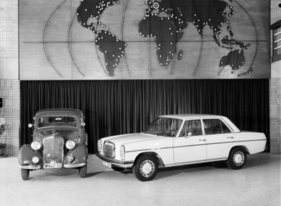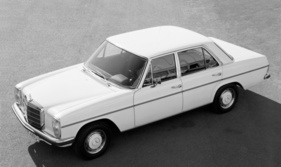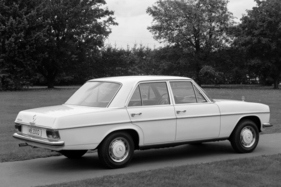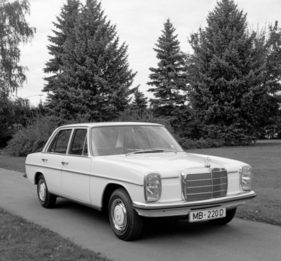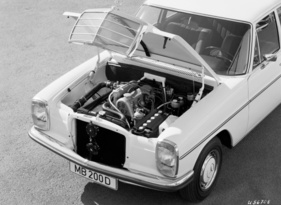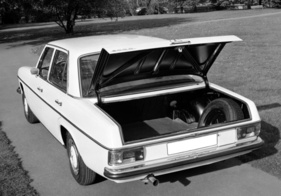Performance or longevity? - Mercedes-Benz 200 D and 220 D in the (historical) test
Summary
Every third Mercedes-Benz in 1970 was a diesel. At the time, they were the most technically impressive, but also the most expensive diesel engines available. Nevertheless, progress was already gnawing a little at the reputation of the eternally economical and indestructible. After two and a half years of production of the "Stroke Eight", this historical test report took stock.
This article contains the following chapters
- Saving in the long term
- Engine running times: no longer legendary
- High used car prices
- Diesel practice
- mot overall verdict
- Plus points
- Minus points
Estimated reading time: 11min
Preview (beginning of the article)
The Mercedes diesel is regarded as the owner's money box. You pay more for the car than for an Opel Commodore GS/E, drive with the running costs (including depreciation) of the Rekord 1700 N, but have to be satisfied with the top of a Kadett 1100 N or 1100 S.Our latest diesel test car costs around DM 15,700: 220 D without automatic, but with useful and safety-enhancing extras such as power steering, steel crank roof, headrests. For that price, you could also get a petrol 200 automatic - or a Ford 26 M, for example, which has luxury equipment and automatic as standard, which you would have to pay extra for in a Mercedes. But the typical prospective diesel buyer will hardly ever be faced with such alternatives, he buys with a firm pre-decision.
Continue reading this article for free?
Photos of this article















